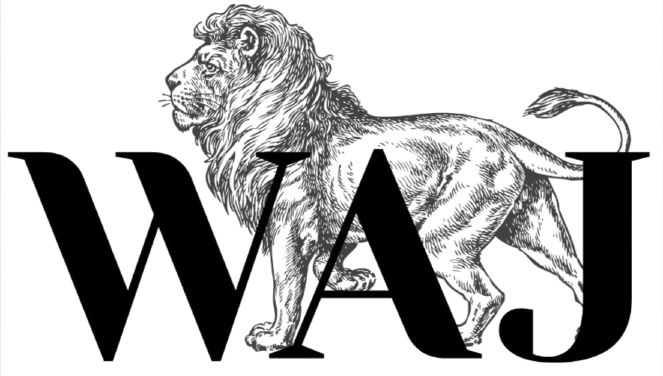Rwanda’s lithium exploration has now reached an advanced phase, with companies preparing to start core-drilling. This essential process involves using hollow cylindrical drills to extract subsurface samples for analysis to determine the presence, concentration, and distribution of minerals.
While core-drilling for lithium has previously occurred in Rwanda—achieved by Trinity Metals in 2023—the country’s exploration activities have expanded. Last August, Rwanda initiated a major exploration project through a joint venture involving multiple partners.
This agreement facilitates the exploration and development of lithium and its by-products on 2,750 hectares in Southern Province, where 19 pegmatite zones containing lithium, cesium, and tantalum have been identified.
Aterian PLC, listed on the London Stock Exchange, is a company specializing in exploration, trading, and development with a focus on critical and strategic metals projects across Africa.
According to the agreement, RIO has the option to invest $7.5 million in two phases to obtain up to a 75 percent share in the license for exploring minerals crucial to the renewable energy transition.
Charles Bray, Executive Chairman of Aterian PLC, which has been exploring minerals in Rwanda for the past four years, revealed that core-drilling is scheduled to start this September.
“We are significantly ramping up our exploration activities in Rwanda, with drilling set to begin next month,” Bray mentioned, specifying that the drilling will take place in Southern Province, close to Huye District.
“It’s essential for us to complete all preliminary geophysical surveys first, so we can accurately identify the most promising locations for lithium drilling,” he added.
Bray highlighted that the focus extends beyond Huye to other potential regions in the south and west of the country.
The drilling plan involves boring to depths ranging from 3,000 to 5,000 meters and creating about ten drill holes. According to Bray, this will offer extensive data on subsurface conditions, including mineral intersections and potential, which is critical for evaluating the viability of a mining operation.
“Once we drill in these areas and retrieve the diamond core samples, we can either inspect them directly or send them to a lab for detailed analysis. This will help us determine whether the current project site holds potential for mining or if we need to explore alternative locations,” he explained.
Known as “white gold” for its importance in electric vehicles (EVs), lithium is crucial for the cathodes of lithium-ion batteries that power EVs. It is also used in the batteries of laptops and smartphones, as well as in the glass and ceramics industries.
Lithium is a significant mineral due to its role in energy storage and electronics. It is a fundamental component of lithium-ion batteries used in various devices, including phones and computers. Furthermore, lithium is vital for renewable energy systems, particularly in storing energy from sources like solar power.

